NFT meanings and NFT slang is something you need to understand to navigate this new and exciting digital phenomenon. In this guide, I will explain what the most used NFT slang means, as well as look at the important NFT terms and NFT meanings you need to get used to. It’s not difficult, and frankly, it’s fun to dive into what is a lively and interesting movement.
Once you’ve familiarized yourself with the main NFT stuff, you can read up on some of our other guides on how to get the most out of your new knowledge. We have detailed features on the best NFT marketplaces as well as guides to NFT games and a general “What are NFTs?” article. If you want to jump in and make your own, read my feature on how to make and sell an NFT.
Now there is a subtle difference between NFT jargon and NFT terms, one is about causal language used online and the other covers the actual terminology of technology and processes. Read on to find out if you’re a diamond collector or a proud degenerate.
NFT Meanings and Slang: What You Need to Know
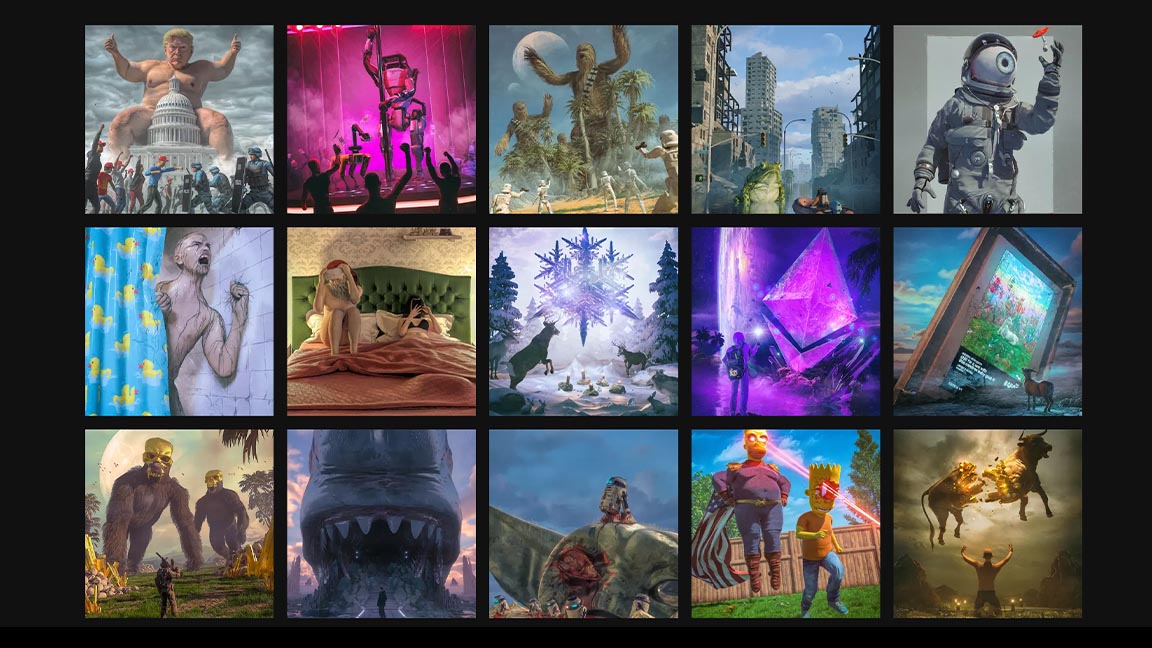
- 1:1 art: This refers to an NFT being a single work of art, not a series or generative collection. Because of this, 1:1 art is higher in value as it’s more scarce, such as Beeple’s Everydays: the First 5000 Days, but it’s also harder to sell and entry for newcomers. Traditional artists entering NFTs will likely find 1:1 art projects a good place to start. You can find a good list of the best NFT artists at ByBit.com (opens in a new tab).
- AB: This is actually an NFT platform called Art Blocks (opens in a new tab) which hosts, sells and stores generative NFT art. It uses the Ethereum blockchain and celebrates coding as much as digital art.
- Airdrop: We have a detailed explanation in our guide to NFT drops, but basically these are scheduled releases of NFTs for free directly into your crypto wallet. It’s often used as a marketing method to get NFTs into the hands of influencers or celebrities, but it’s also a way for NFT creators to reward early backers who join whitelists.
- AFAIK: This one means “As far as I know”, it’s as simple as that.
- AMA: This simply stands for ‘Ask me anything’ and is often used by NFT artists to launch their projects. If an NFT has regular AMA events, often on Discord, then you know they’re open and generally good. Community engagement in this way is essential to successful NFTs.
- Ape In: This is used to explain how ‘monkeys’ (investors/collectors) are all-in on a project, and can lead to FOMO (see below). Monkeys is slang for crypto and NFT investors.
- ATH / ATL: Another acronym (there are a lot), this means ‘All time high’ and ‘All time low’ and is used to celebrate success and failure (or a chance to buy in on the cheap).
- Fine: This refers to algorithms and automated software that can artificially pump projects, but can also be used to answer questions and help NFT holders.
- BTD: This is ‘Buy the dips’ and is used to suggest that an NFT’s value is low but rising; it can also be used to calm a community.
- Copy cat: Simple, one project imitating another.
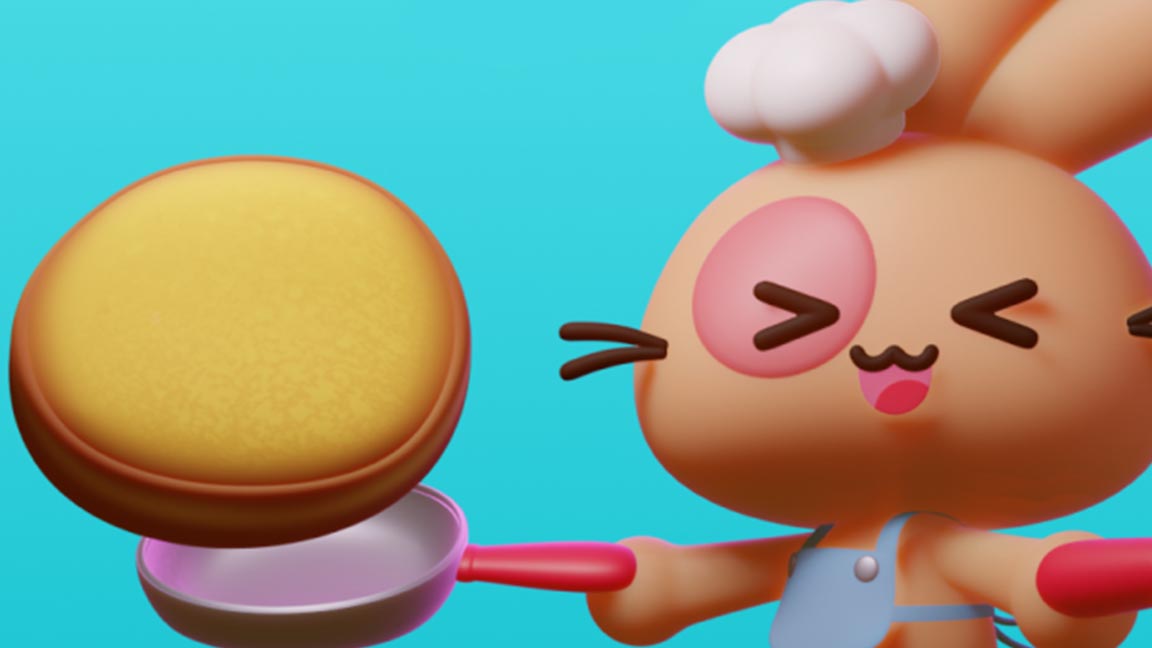
- DAO: This stands for decentralized autonomous organization. These are projects, studios and companies that are not run by one person or institution, instead the rules governing a DAO are encoded in smart contracts on the blockchain. Many NFTs that aim to raise money and host a fund for either good causes or future development, such as gaming, will usually set up a DAO to run the fund, as the rules cannot be changed without a vote.
- dApps: This means ‘decentralized application’ and is a piece of software that will run, if not only partially, on a blockchain instead of a traditional centralized server.
- Did: Just short for “Dead”, as in “this NFT is dead and over, avoid”.
- DeFi: This is short for ‘decentralized finance’ and means that no centralized bank or account has control over your money. This creates autonomy and a sense of financial freedom from normal rules.
- Delayed disclosure: Some NFT collections won’t show what you’ve bought until a certain date, kind of like opening a pack of Magic: The Gathering cards for the first time. These will often be divided into levels, so that those who followed a project from conception are invited to the first level and thus have a greater chance of getting a rare NFT.
- DEX: This is short for decentralized exchange (are you seeing a pattern?) and means that transactions on a marketplace are peer-to-peer, with no financial intermediaries taking a cut, and these include Uniswap and PancakeSwap where you can exchange one cryptocurrency for a other .
- DISCORD: This is the social media platform of choice for most NFT projects.
- Dutch auction: This is a bidding system that sets a price for an NFT and then the value drops at intervals until buyers decide on a price to settle on.
- DYOR: Means “Do your own research”, which is to say don’t invest in an NFT unless you are sure it is good. Some collectors may use it in frustration, but also take it as advice to make sure you’ve checked out an NFT creator’s history, profile, and overall reliability.
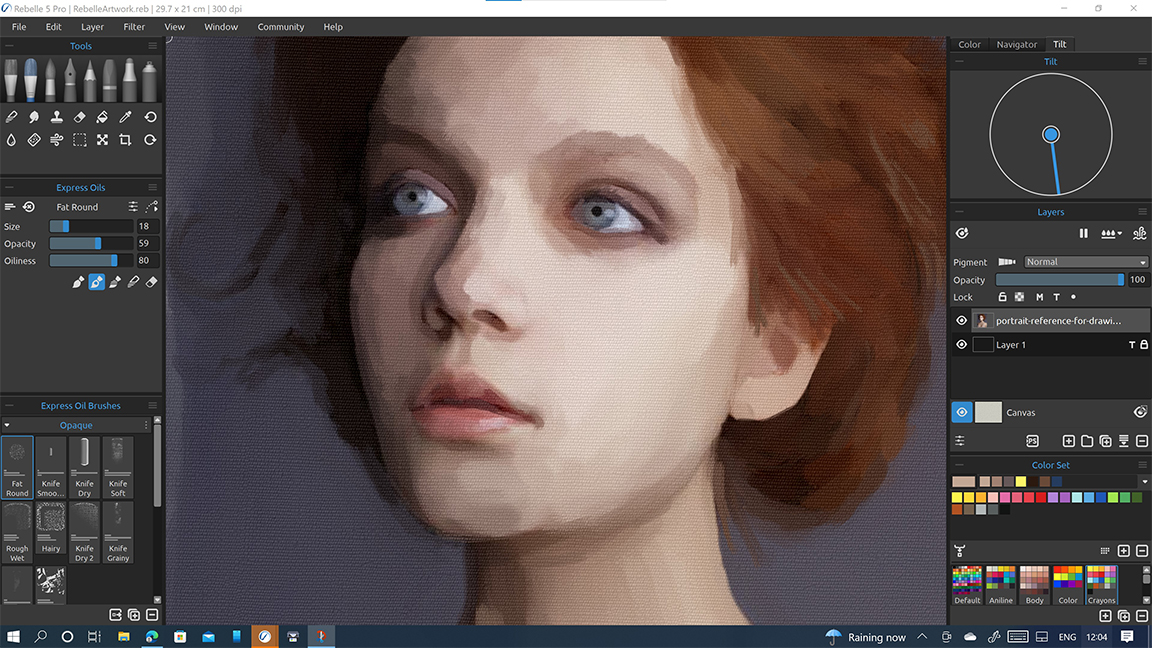
- Flip: This is when someone buys an NFT with the sole purpose of waiting for the value to increase and then sell it on. I go into the pros and cons of this in my feature, NFT Tips: Advice for Beginners.
- Floor: This is the lowest fixed price of an NFT – the Floor Price – and is often used when a project is first launched, it will be launched at a fixed price so that everyone enters on the same “floor”. It is a handy way to judge whether an NFT is gaining or losing value.
- Floor sweeping: This is a tactic that some use to encourage people to buy NFTs at the floor price, thus allowing the value of all NFTs to increase.
- Free Coinage: This process of creating an NFT puts the gas taxes (see below) on the buyer and not the seller. It is a good way to get started creating NFTs, but they tend to have less visibility since the NFT is not registered on the blockchain until it is sold. See my How to Make a Free NFT Tutorial for a step-by-step guide.
- Fren: This one means ‘friend’.
- R&D: Slang referring to “Fear, Uncertainty and Doubt”, when a bad actor might spread false or overstated information to reduce the value of an NFT. Remember DYOR, now it applies.
- FOMO: This stands for “Fear of Missing Out” and is a common term when investing in general; it’s a reference to the psychology of investing where you fear missing out on a good project and invest even if the details don’t add up. Take a breath and consider whether NFT is actually as good as you may have been told.
- Gas: The gas fee paid to register an NFT on a blockchain, which is paid to crypto ‘miners’ for their energy costs. Ethereum gas fees have been high for some time since it is the most popular blockchain. Newer tokens like Solana and Avalanche have lower fees. (See Free Minting above for another way to make an NFT without gas fees.)
- WEI: This is the measurement of gas fees, and stands for nanoether (0.000000001 ETH).
- GM: You’ll see NFT collectors and creators greeting others on social media with these terms, which simply mean “Good morning” – so nice.
- HODL: This one means “Hold” and honestly, it could have started with a typo. It is used by fans of an NFT to say that they will hold the token through ups and downs in value.
- idk: Just means “I don’t know”.
- IRL: An acronym for “In Real Life” and is being used more and more as NFTs are now transitioning to real life uses as well as digital online functions.
- Rarely seen: Now you’d think that if someone says your new NFT ‘Looks rare’, they mean it’s awesome – not so. When used in chat ‘Looks rare’ is an ironic term which basically means ‘no, it’s rubbish’. (Not to be confused with the NFT Marketplace, Rarely seen.)
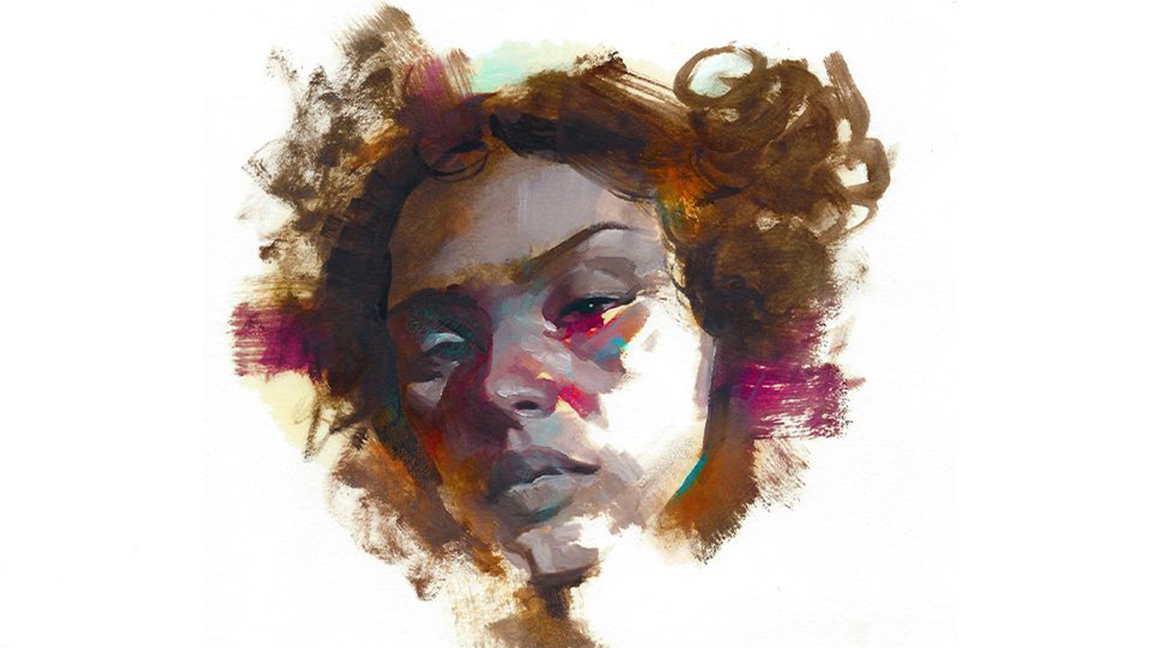
- Secondary market: This is where NFTs are sold and resold on marketplaces such as OpenSea. The secondary market is important for NFT art because it means artists and creatives profit from future sales. Read my feature on NFT art and the future of NFTs to discover how non-fungible tokens can change lives.
- Single: A fan of an NFT that gives the impression of trying too hard.
- Moonboy: This is a bit like a Simp, and means someone who is just too fanatical about an NFT and comes from the idea that a good project will “Go to the moon”.
- Metaverse: This is the new vision for the Internet, or Web 3.0, which suggests that we have moved from a 2D Internet to an immersive 3D network, where everything is interconnected and accessible, often in virtual spaces. The metaverse is about connectivity and decentralization. Read our feature, ‘What is the Metaverse?’ for more.
- Minting: The act of registering an NFT on a blockchain.
- NGMI: This one means “Not going to make it”, but you might think it’s self-explanatory and refers to an NFT that doesn’t make it, but it’s actually used more personally, for example if you make a bad choice and choose an NFT that fails, then you won’t make it.
- Beginner: Someone who is new to NFTs, just like in video games. This can be used in a friendly way, but also as a closure.
- AND: Refers to someone who has been on NFT since its inception, eg “Sarah is an OG collector”. 90s kids will remember this from the “Original Gangster” slang.
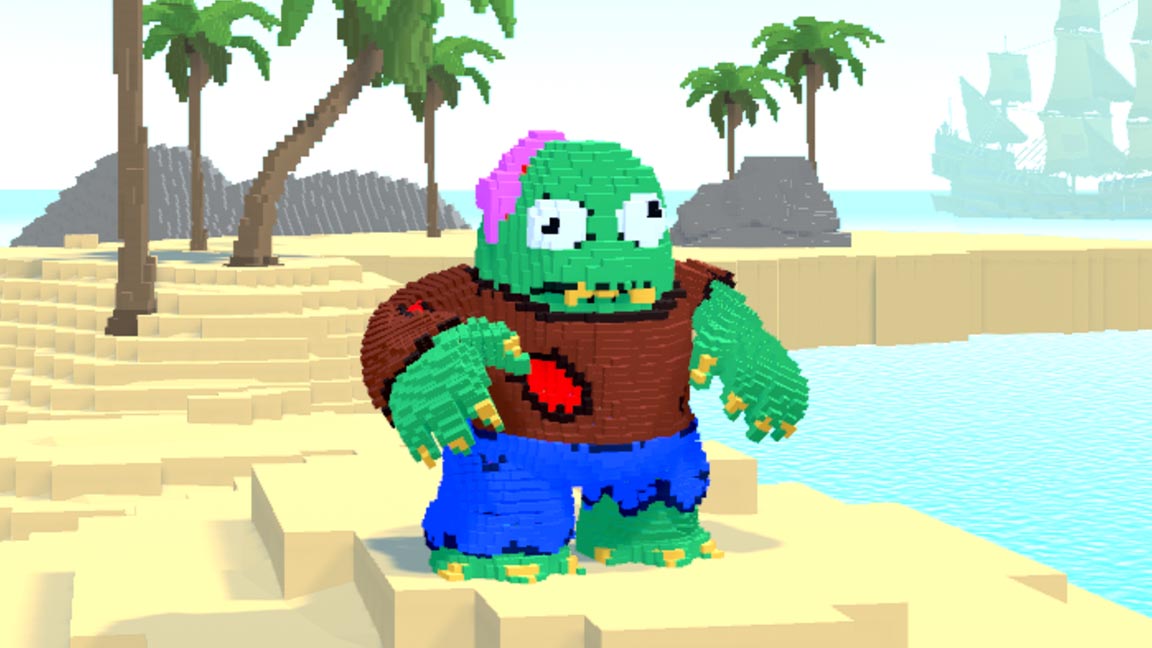
- P2E: This stands for Play To Earn and is a style of video game unique to NFT games where players can earn crypto and then cash on games. For example, a player can raise a character and then sell that hero to other players. Read my feature on the best NFT games to see what people are playing now.
- Paper Hands: The opposite of diamond hands, these NFT collectors are selling early.
- PFP: This stands for Profile Picture and is seen as the first type of NFTs to go big – like Bored Apes Yacht Club and Crypto Punks. They are used as online personalities and have become popular on social media. NFTs are now expanding away from this simple form of art.
- Pumping: This describes how an NFT’s value increases dramatically; but be warned as “pumps” can often lead to “dumps” – when everyone sells after a rise. “Pumps” can often artificially increase an NFT value, so again, DYOR.
- Raid: These are flash promotions, drops and campaigns, usually on social media, to hype up an NFT.
- Right: Another adopted from video games, and references being “wrecked” when you lose all your money.
- Right-click Save as: Used by people who don’t like or don’t understand NFTs, this refers to the action of right-clicking and downloading a JPEG. (Obviously, this is not how NFTs work.)
- Carpet covers: This is when an NFT’s founders abandon the project and leave with all the money, meaning that the roadmap of content that people bought into will never appear. The result is that an NFT will lose all its value. Check out my feature on NFT Scams for more.
- To the Moon: When a project takes off and ‘goes to the moon’.
- Wen: Used a lot, this jokingly means “When?”. As in “Does he want this released?” or ‘When will the value rise?’.
- YOLO: You may know this as Carpe diem, which means “Seize the day”.
Read more:


